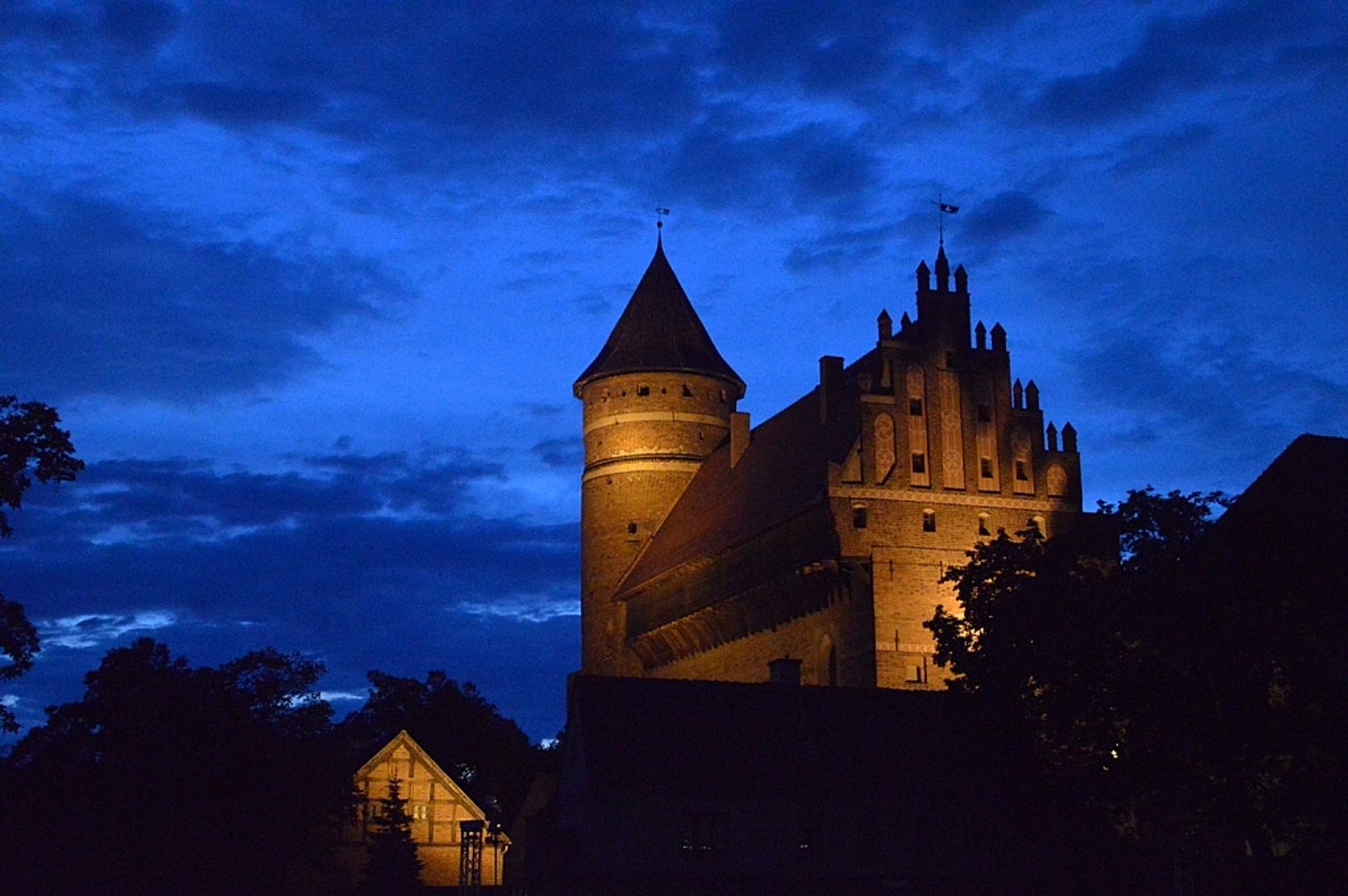Warmia Chapter Castle in Olsztyn
6.31

Overview
The Warmia Chapter Castle in Olsztyn, built in the Gothic style in the mid-14th century, served as the seat of the Warmia Chapter, which managed the castle until 1772. Its architecture, including the northern wing and the later southwestern addition, reflects Gothic construction techniques, with characteristic cloisters and unique crystal vaults. The castle not only functioned as a defensive structure but also as an administrative center, where Nicolaus Copernicus, its most famous resident, served as administrator. During his time, significant astronomical observations were made, and inscriptions, including an astronomical table from 1517, have been preserved on the walls. The castle played a crucial role in conflicts with the Teutonic Order, though its military significance gradually diminished. Numerous modernizations were carried out, including the addition of a palace wing in the 18th century. In the 19th century, the castle became the seat of the president of the Olsztyn regency, leading to further renovations. Today, it houses the Museum of Warmia and Mazury, serving as an important cultural hub. In 2023, the castle was designated a historical monument, underscoring its significance. In 2010, the sarcophagus of Nicolaus Copernicus was placed in the castle before being transported to Frombork. The castle has also been featured on postage stamps, highlighting its recognizability and importance. It offers numerous exhibitions, including a permanent display dedicated to Copernicus, attracting tourists and history enthusiasts. The Warmia Chapter Castle in Olsztyn is not only a monumental structure but also a symbol of the region’s rich history and culture, blending elements of architecture, science, and art.
Location
You can also find here:
2025 Wizytor | All Rights Reserved
